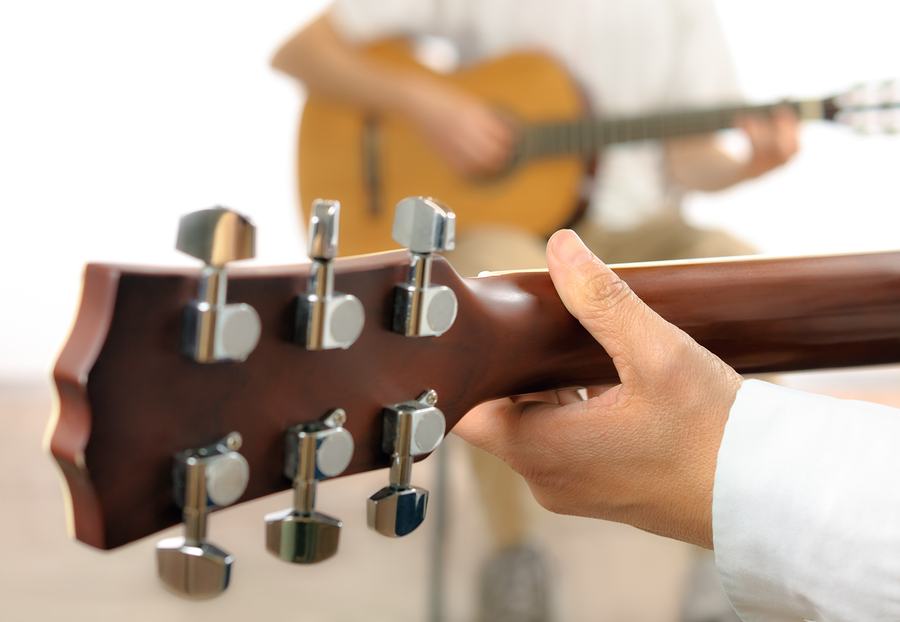Bigstock photo
 The natural minor scale can be played in 5 different positions just like the major scale, the pentatonic scale and all the other scales.
The natural minor scale can be played in 5 different positions just like the major scale, the pentatonic scale and all the other scales.
These 5 positions are all one and the same natural minor scale but played in different shapes and areas on the fretboard to give you the freedom to play the scale all over the neck and improvise without restrictions.
The natural minor scale (also known as Aeolian mode) is derived from the major scale. So if you already know how to play the 5 positions / shapes of the major scale you will automatically know how to play the positions of the natural minor scale. The only difference is where the root note is located and the name of each position.
If you don’t know how to play the first position of the natural minor scale yet or haven’t even heard of it before then check out this post first: Exploring the natural minor scale
The natural minor scale can be used to play over songs in a minor key and can be perfectly combined with the pentatonic / blues scale (which can also be used for the minor key). Using both scales gives you a bigger and more varied palette to draw from.
The diagrams below give you a nice overview of how the fingers are placed and move over the neck for each position.
Play each position starting from the lowest root note (the red note) then play all the way up (ascending) to the last note on the high E-string, then play all the way down (descending) to the first note on the low E-string and then play up again to the first root note you’ll hit upon.
The tablature shows you how to play each position ascending and descending.
Tips:
– Practice with a pick using alternate picking technique (down, up, down, up, etc.)
– Make sure each note sounds clean and clear .
– Practice slowly first and when you feel comfortable gradually build up speed.
– Memorize all the root notes of each position.
– Make sure you can play each position thoroughly before moving on to the next.
– Take your time to get it all down. It takes a while. Enjoy the path before reaching your destination.
Have a great time!Continue Reading
